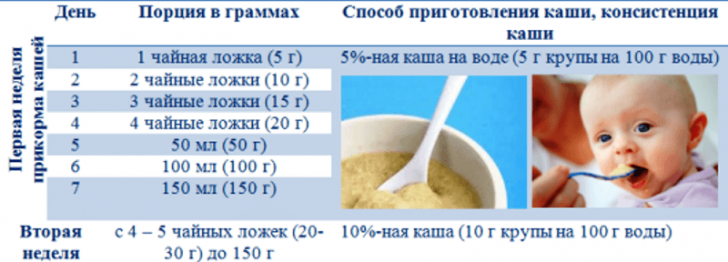Dysarthria in children
 With dysarthritic speech disorders, speech therapists face regularly. The cause of speech disorders in children are lesions of individual parts of the brain. Among other things, dysarthria is a complex disease associated with motor disorders and coordination. However, the majority of speech deficiencies are successfully corrected by occupations with a speech therapist.
With dysarthritic speech disorders, speech therapists face regularly. The cause of speech disorders in children are lesions of individual parts of the brain. Among other things, dysarthria is a complex disease associated with motor disorders and coordination. However, the majority of speech deficiencies are successfully corrected by occupations with a speech therapist.
Voice formation in humans is a very complex process that requires a well-coordinated work of the central nervous system and laryngeal organs. The presence of vocal cords does not at all imply the ability to articulate speech. This is done by special departments of the brain, the so-called centers of speech. There are several of them and each performs its function. In the frontal part of the brain is the center of the motor mechanisms. Its main task is to monitor the functioning of the vocal cords and reduce the muscles of the larynx. In the temporal region is the memory center, which is responsible for short-term speech memory. The main function of speech formation is performed by the speech control center located in the temporal region. If these parts of the brain are damaged, speech disorders occur, which are called dysarthritic ones.
Often brain damage affects not only the speech departments, so dysarthria is manifested as a complex disease. In this case, children, in addition to speech defects, have poor coordination, inability to control certain muscle regions. The child is difficult to eat. Facial facial expression is mild.
Causes of dysarthria
 There are many reasons for the development of dysarthritic disorders. Most often, these are injuries sustained during labor or during the pre-natal period. Dysarthria can be a consequence of the transferred inflammatory diseases that affected the central nervous system. Damage to the brain can also have a viral character. Very often violations in motor skills and voice formation appear as a result of encephalitis or meningoencephalitis. Premature babies are at a particular risk group.
There are many reasons for the development of dysarthritic disorders. Most often, these are injuries sustained during labor or during the pre-natal period. Dysarthria can be a consequence of the transferred inflammatory diseases that affected the central nervous system. Damage to the brain can also have a viral character. Very often violations in motor skills and voice formation appear as a result of encephalitis or meningoencephalitis. Premature babies are at a particular risk group.
Forms of dysarthria
Depending on the focus of brain damage, there are various forms of dysarthria. For effective treatment it is important to differentiate them competently.
Bulbar dysarthria
 The most common form of dysarthria is the so-called bulbar dysarthria. It appears as a result of the defeat of the medulla oblongata. It is recognized relatively easily by phonetic speech disorders in children. The child's voice becomes weak and deaf. Vowels and voiced consonants become stunned. In the general case, speech is slowed down and becomes monotonous. In addition to speech disorders, pronounced violations of facial expressions are manifested. This form is quite a serious case and requires compulsory treatment by a professional speech therapist.
The most common form of dysarthria is the so-called bulbar dysarthria. It appears as a result of the defeat of the medulla oblongata. It is recognized relatively easily by phonetic speech disorders in children. The child's voice becomes weak and deaf. Vowels and voiced consonants become stunned. In the general case, speech is slowed down and becomes monotonous. In addition to speech disorders, pronounced violations of facial expressions are manifested. This form is quite a serious case and requires compulsory treatment by a professional speech therapist.
Rubbed dysarthria
Another common form of speech disorders is an erased dysarthria. Children suffer it mainly at an early school age. At a later age, as a result of regular sessions with a speech therapist, the symptoms of violations are completely gone.
Dysartic speech disorders in children are now, thanks to specially developed procedures, amenable to effective correction in a relatively short time. Therefore, with the appearance of the slightest signs of the disease, it is recommended to consult a professional speech therapist. The future of the child depends only on you.



